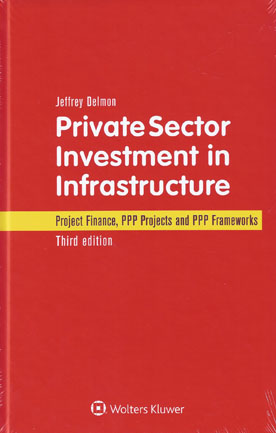
Investment in infrastructure is critical to economic growth, quality of life, poverty reduction, access to education, good quality healthcare, and achieving many of the goals of a robust and dynamic economy. However, infrastructure is difficult for the public sector to get right.
This remarkably insightful and enormously useful book, now in its third edition, shows how the private sector (through public-private partnerships - PPP) can provide more efficient procurement through cheaper, faster, and better quality; refocus infrastructure services on consumer satisfaction and life cycle maintenance; place the financial burden of providing infrastructure on consumers rather than taxpayers; and provide new sources of investment, in particular through limited recourse debt (i.e., project financing).
Taking the particular challenges associated with PPP fully into account. this book provides a practical guide to PPP in all the following ways and more: - how governments can enable and encourage PPP; - how PPP financing works; - what PPP contractual structures look like; and - most importantly, how PPP risk allocation works in practice.
Specific discussion of each infrastructure sector is provided. Lawyers and business people, civil engineers, economic development officials and specialists, banking and insurance professionals, and academics will all find the ground well covered in this book, as well as new ground broken.